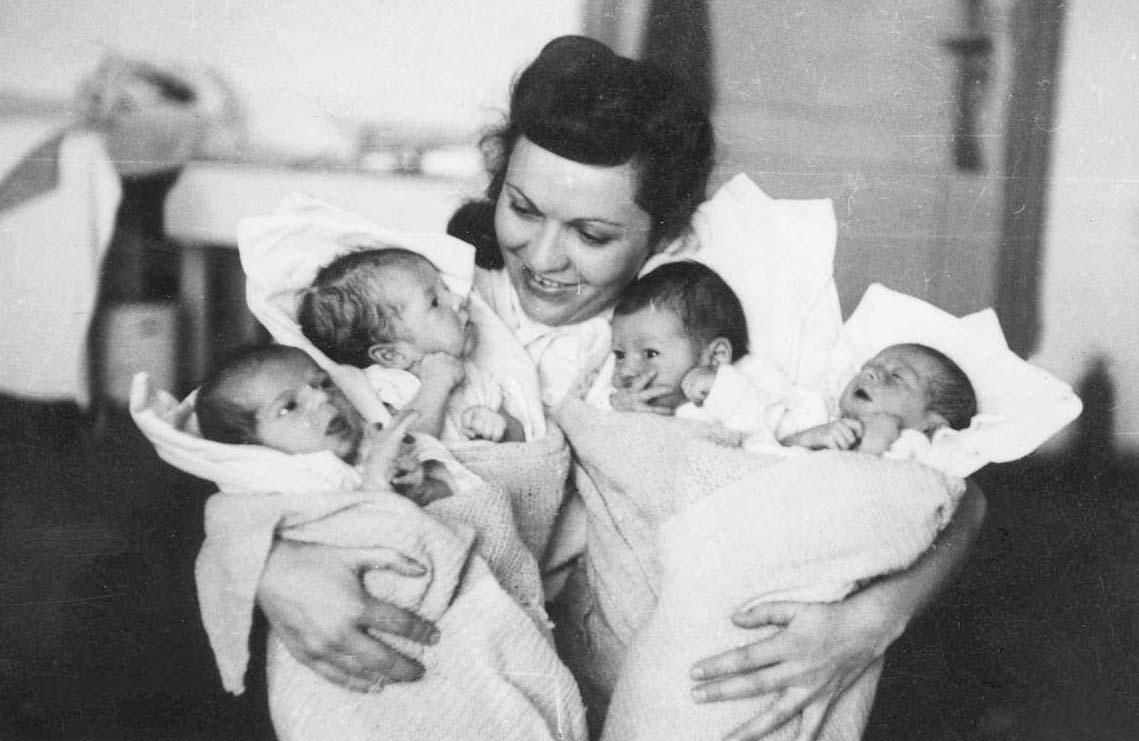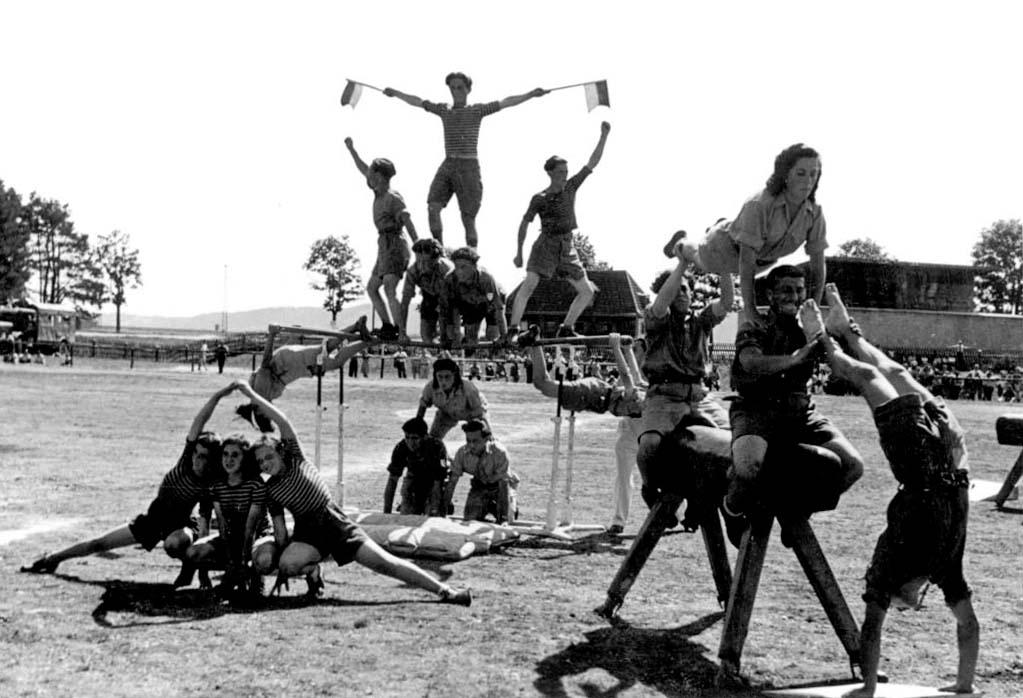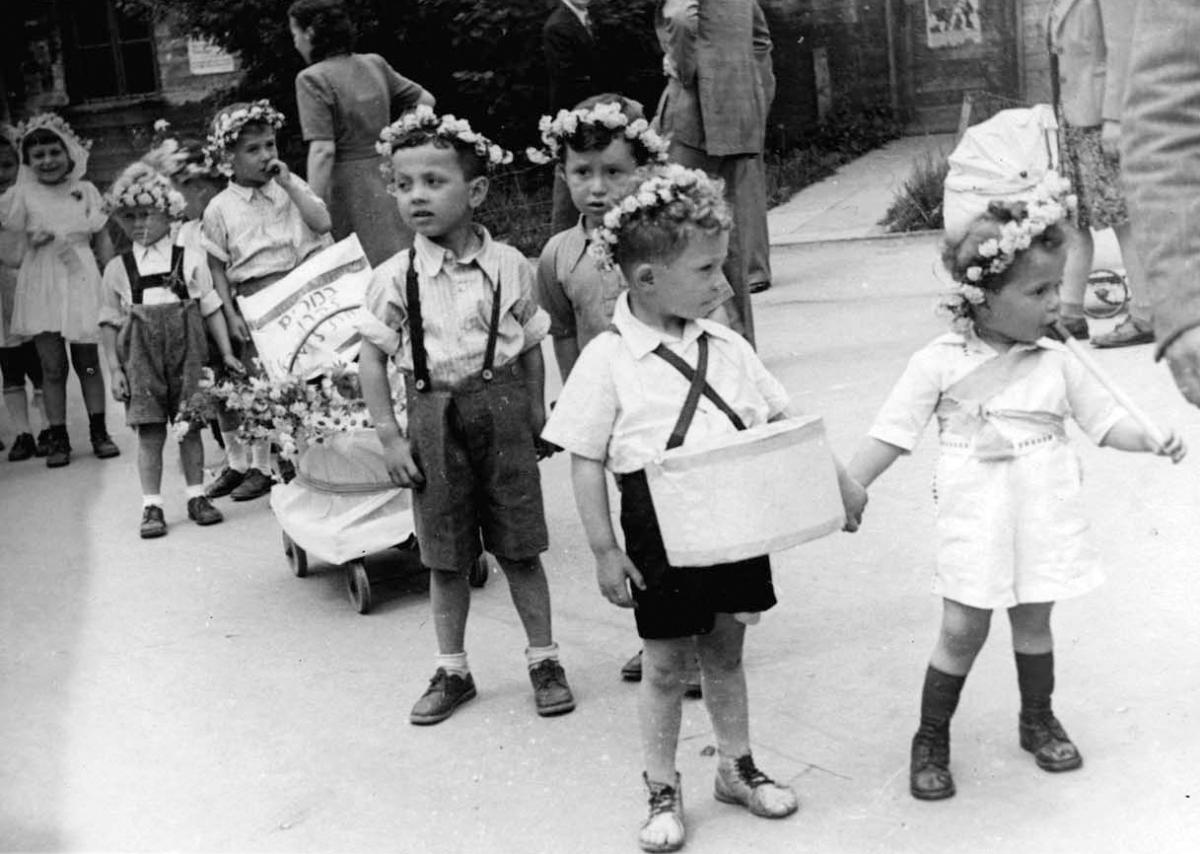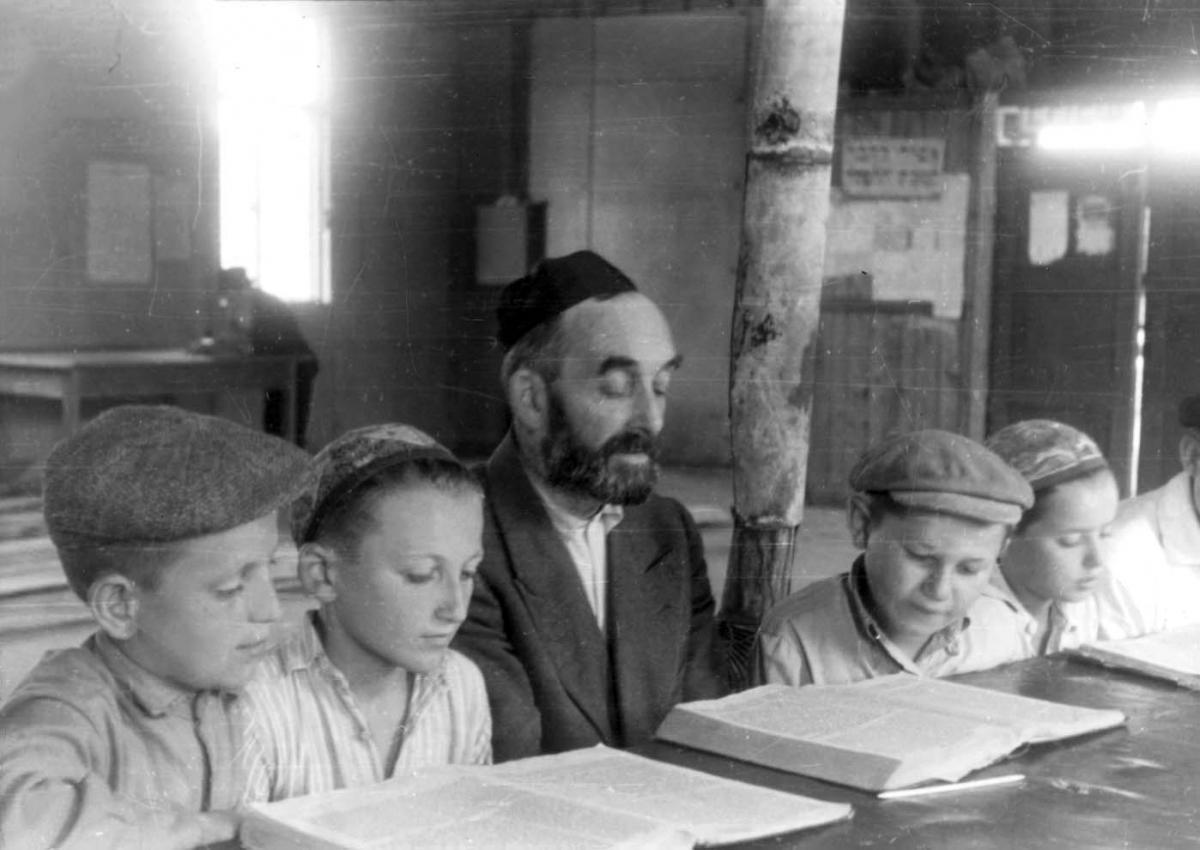
Yad Vashem Photo Archive, 176EO2


Yad Vashem Photo Archive, 1486/10




Yad Vashem Photo Archive 3380/194

Every year, Yad Vashem creates a calendar for the Jewish New Year. This year's calendar focuses on "The Return to Life," emphasizing Jewish life in the Displaced Persons (DP) camps after the war. Included in the calendar are emotive black and white images from the Yad Vashem Archives, portraying everyday life in the camps. This calendar offers a visual representation of the life of hundreds of thousands of Holocaust survivors in Europe, illustrating their cultural, religious and communal ventures in the years immediately following the war.
Lasting from the end of WWII until the early 1950s, the period of the DP camps in Germany, Austria, and Italy was short-lived, but is notable by the vibrant Jewish life created therein. The living conditions were characterized, primarily at first, by hardship and scarcity. Postwar conditions were difficult, with inadequate amounts of food, clothing, medicine and other crucial supplies. The survivors' stay in the Displaced Persons (DP) camps, in children's homes and in internment camps was regarded by most of the Jewish refugees as a temporary arrangement. The shock of liberation, the realization that many of them were alone in the world, and the physical and emotional scars and deprivations burdened many survivors.
Nevertheless, despite all of their hardship, they managed to transform their new communities into centers of social, cultural and educational activity with a vitality to rebuild their lives: they held sporting events and celebrated Jewish holidays; they established theaters and orchestras and published newspapers; and they studied, acquired professions and raised families, preparing themselves for a new – and more hopeful – life after the Holocaust.
To read more about the return to life in the DP camps, visit Yad Vashem's website for two special online exhibitions, "The Return to Life in the Displaced Persons Camps, 1945-1956" and "DP Camps and Hachshara Centers in Italy After the War."










